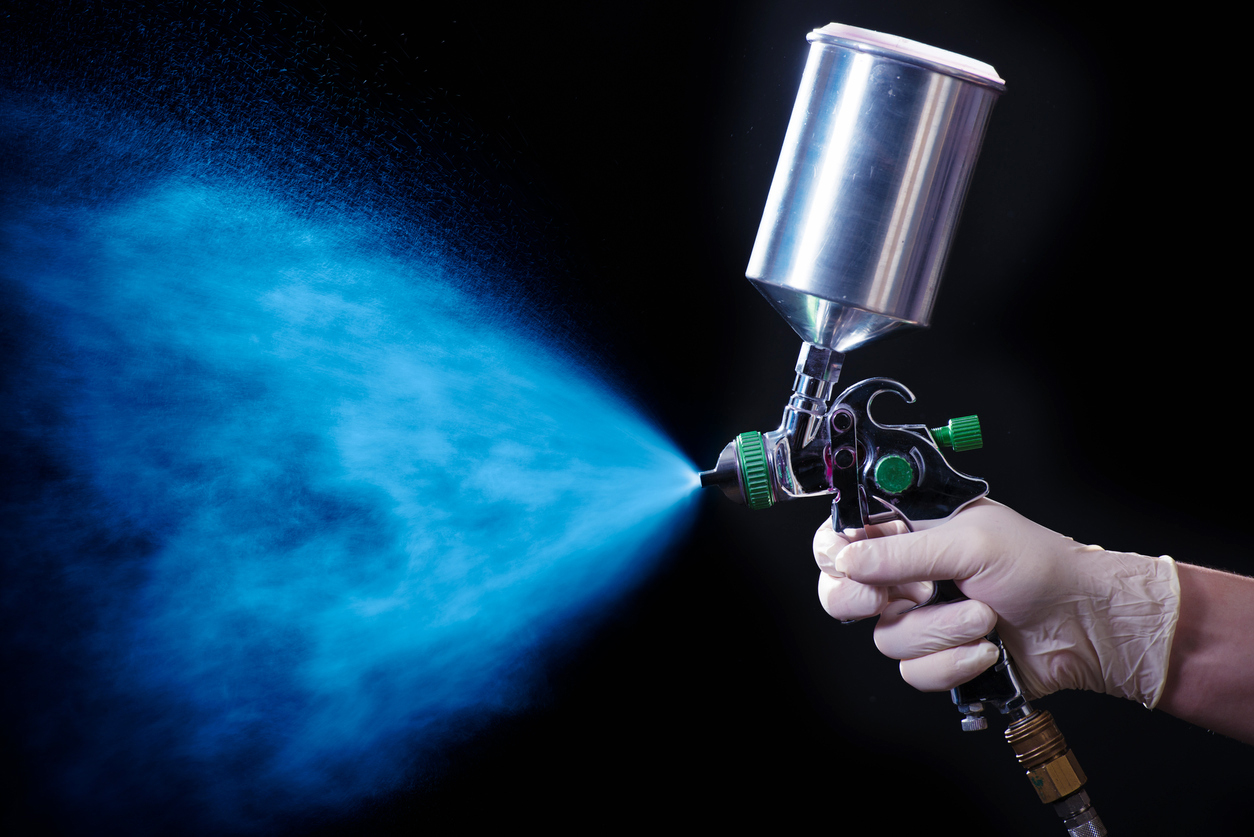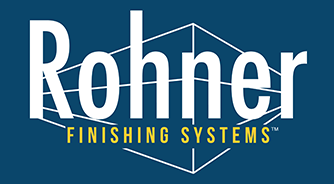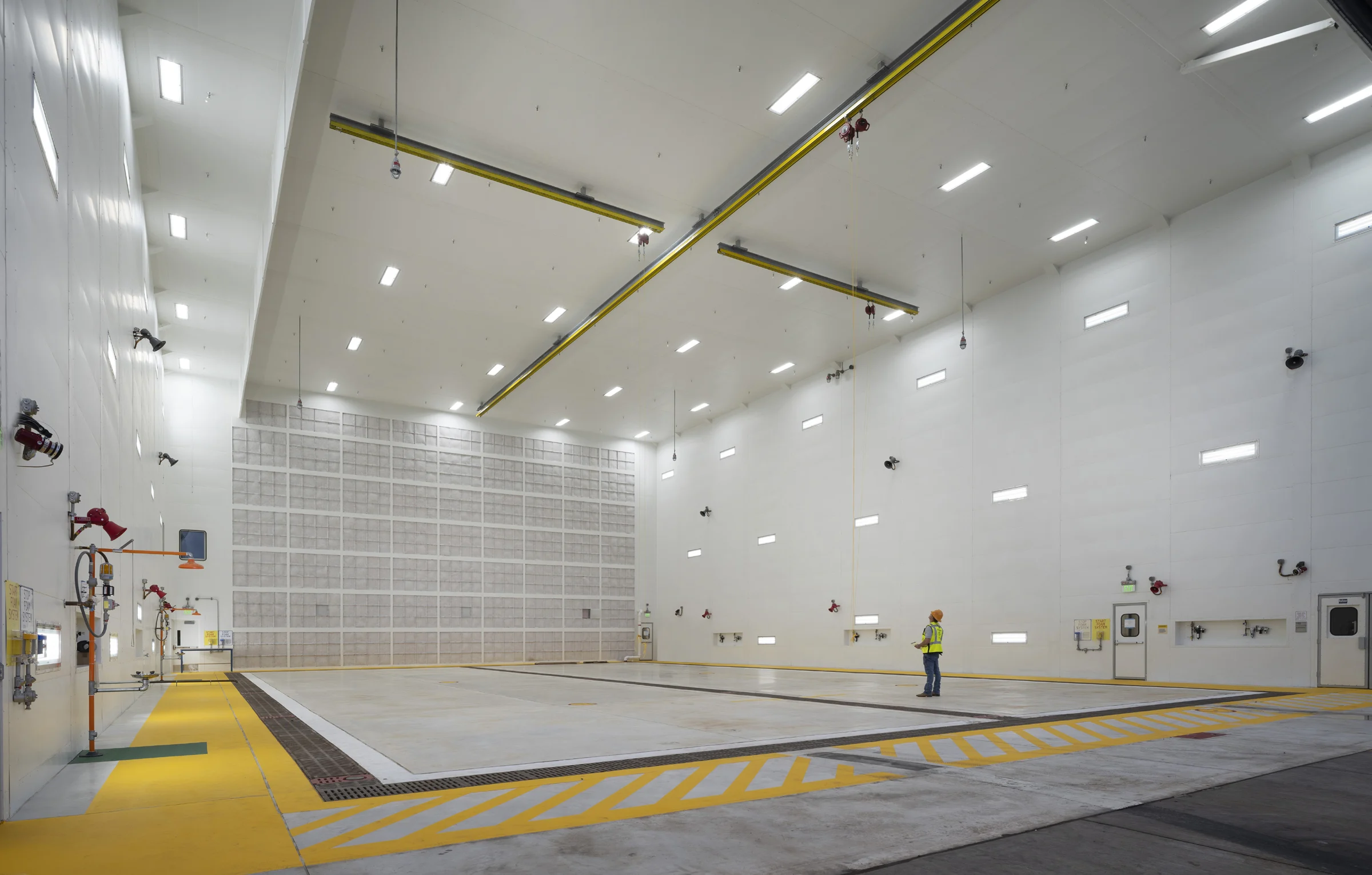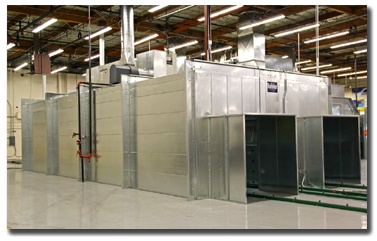Choosing the Right Spray Booth

There are so many options when it comes to spray booths. The term spray booth is a broad one and can mean anything from a basic space with a fan to a high-production booth with many additional systems and features incorporated in it. Choosing the right paint booth that can meet business needs while complying with legislation and approved codes of conduct need to be done. Here is what you need to know about choosing the best spray booth to meet your business’s needs.
Size Matters
It is critical that you get the right size spray booth. Which means that you need to factor in airflow. Ensure that you have at least a 65cm or 2ft gap above the height of the largest object that you are going to spray, and 163cm or 5ft of space for both the width and depth.
Other factors that you need to take into account is the pallet/cart dimensions if you are going to spray multiple objects. If so, you will need to leave a 100cm or 3 ft gap between each object.
For larger objects like aircraft, you will need to add 325cms or 10 feet gap at all sides as a minimum. With these objects consider scaffolding and lifting equipment as well.
Types of Paint Booths
Now, that we have looked at sizing and how to determine the size of the booth that you will need. Let’s look at some of the paint booth options, the advantages and some of the disadvantages. This will give you an idea of the styles that will best accommodate your requirements.
Cross draft Spray Booths
With a cross draft spray booth, the air is sent directly across the object that is being painted. Exhaust occurs through the back walls. The biggest advantage of this type of spray booth is that it is economical. They are economical for two reasons; they do not need concrete work in order to function properly and they require very little construction material.
A disadvantage of a cross-draft booth is that for some businesses the shape is not ideal to fit their needs. It follows a linear path across the entire object. If there is a speck of dust present in the airstream, it has more surface area to cover before it exists in the paint booth. Containments can land on the finish.
There are some companies, like Rohner that have customized the cross draft spray booth to fix the containment problem. With their industrial cross draft (ICD) spray booths and modified cross draft spray booths that can be designed as drive-in/drive-out or as a flow-through production. This provides a clean and controlled environment.
Semi Downdraft Spray Booths
A semi-downdraft spray booth is similar to a cross draft booth as the exhaust still occurs at the rear of the workspace. However, the incoming air is introduced into the booth through a small section of the ceiling that is located at the booth’s front. The draft pattern direction is diagonally from the ceiling’s filtration area to the exhaust area.
The semi-downdraft spray booth has an advantage over the cross draft booth because the incoming air follows a downward diagonal. It is also an economical choice as it doesn’t require concrete work to be completed.
A disadvantage to this type of booth is that the diagonal shape of the line can create a dead zone at the front of the booth as it gets very little airflow. A way to combat this problem is to position the area that will be sprayed toward the back of the booth to get the best airflow.
Side-draft Spray Booths
In side-draft paint booths, the air is introduced through the ceiling and is exhausted through the side walls. It filters the whole ceiling or the vast majority of it. An advantage to these booths is that a more even airflow pattern around the object. Paint overspray and contaminants are drawn down and away from the finish. They also do not require concrete pits, bringing the cost down.
They are normally a more expensive option as the construction methods that it requires is more intricate as the draft pattern is superior to others.
Downdraft Spray Booths
Downdraft spray booths have airflows that draw straight down from the ceiling. These booths may require concrete puts, or installation can be on steel basements that have drive-up ramps.
Downdraft spray booths are very clean, which makes them a popular choice. The air is drawn around the object and the exhausted goes underneath it. Overspray and contaminants are pulled down and away from the object regardless of where the painter is spraying. It reduces the risk of contamination. The finishes have diminished needs for correction or buffing when they are dry.
The booth will carry a substantial cost, which can be a disadvantage.
Find a Supplier that Can Cater to Your Needs
As important as it is to choose the best spray booth, finding a quality paint booth supplier that can cater to your needs is equally important. Speaking with a company will help you make that decision. Here are some initial questions that can help you when determining if it is a good match.
- Do they cater to your industry?
- Do the booths meet the regulations and codes of practice?
- Are they designed by qualified engineers and do they have engineers on their staff?
- What is the lead time?
- Who are their current or former clients?
- Have they had to create customized solutions before?
As mentioned above I the article there are companies that have designed customized solutions to the disadvantages of some of the spray booth problems. Rohner specializes in creating customized solutions to fit their clients’ needs and that will get the job beautifully done. Whether the objects and materials are advanced, the size, or the way in which the objects needed painting. Contact them today with your specific questions and needs and let their team design you the best spray booth possible.


